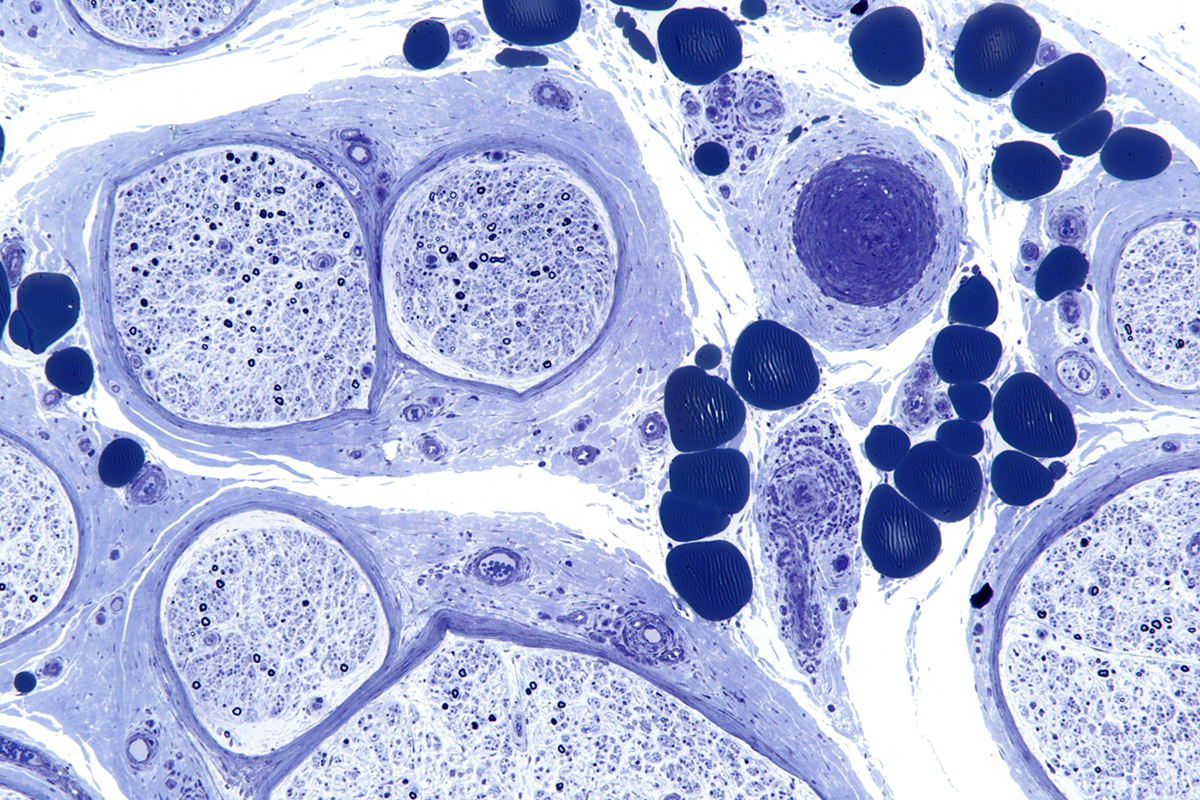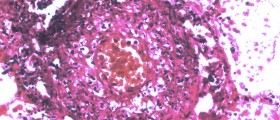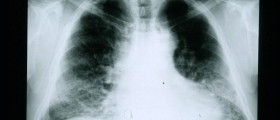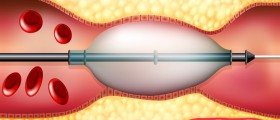
What kind of a disease is vasculitis exactly?
Vasculitis is actually an inflammation of the blood vessels, which results in thickening, weakening and scarring of the walls of blood vessels. There are many types of it, and sometimes it can even cause the damage of tissue or even some organs, as well as death, due to the shortage of blood that carries oxygen and necessary nutrients to the affected areas. In some cases, it does not require any treatment, but it improves by itself, while in others the help of the medications is necessary.
The medications that can be used are steroids, because they are successful when inflammation has to be controlled, and medications for the control of the immune system, which are used in serious cases when corticosteroids do not give any positive results in the treatment. Having in mind the number of types of vasculitis, it is much easier to mention only the symptoms that are more or less common for all of them together. Among them are fever, tiredness, pain in the muscles and joints, the loss of appetite and weight, pain in the abdomen, hypertension, and numbness of nerves. As for the particular symptoms of each type of vasculitis individually, they can range from blood clots, to genital ulcers, blindness, and many others.
Causes of vasculitis
When it comes to the causes of this condition, sometimes certain forms of vasculitis do not have any known cause and are called primary vasculitis. On the other side, there are cases in which this condition can be provoked by an underlying condition such as allergic reaction, some kind of the immune system disease, infections, and in the worst case, with blood cell cancers, including leukemia, and lymphoma. Vasculitis can also be a common symptom of rheumatic diseases, cancer, and certain infections, and the ways in which it can be diagnosed are numerous. Depending on the case and the symptoms that have been reported, the doctor may require blood or urine tests, which will check several parameters that are related and that may indicate this condition; X-rays of the blood vessels or angiogram; the results of ultrasound, CT or MRI scan, to check if the large arteries are affected or not; and biopsy, in order to examine the affected blood vessel for signs of this disease. Medical history of the patient also plays an important role in making the diagnosis.

















Your thoughts on this
Loading...